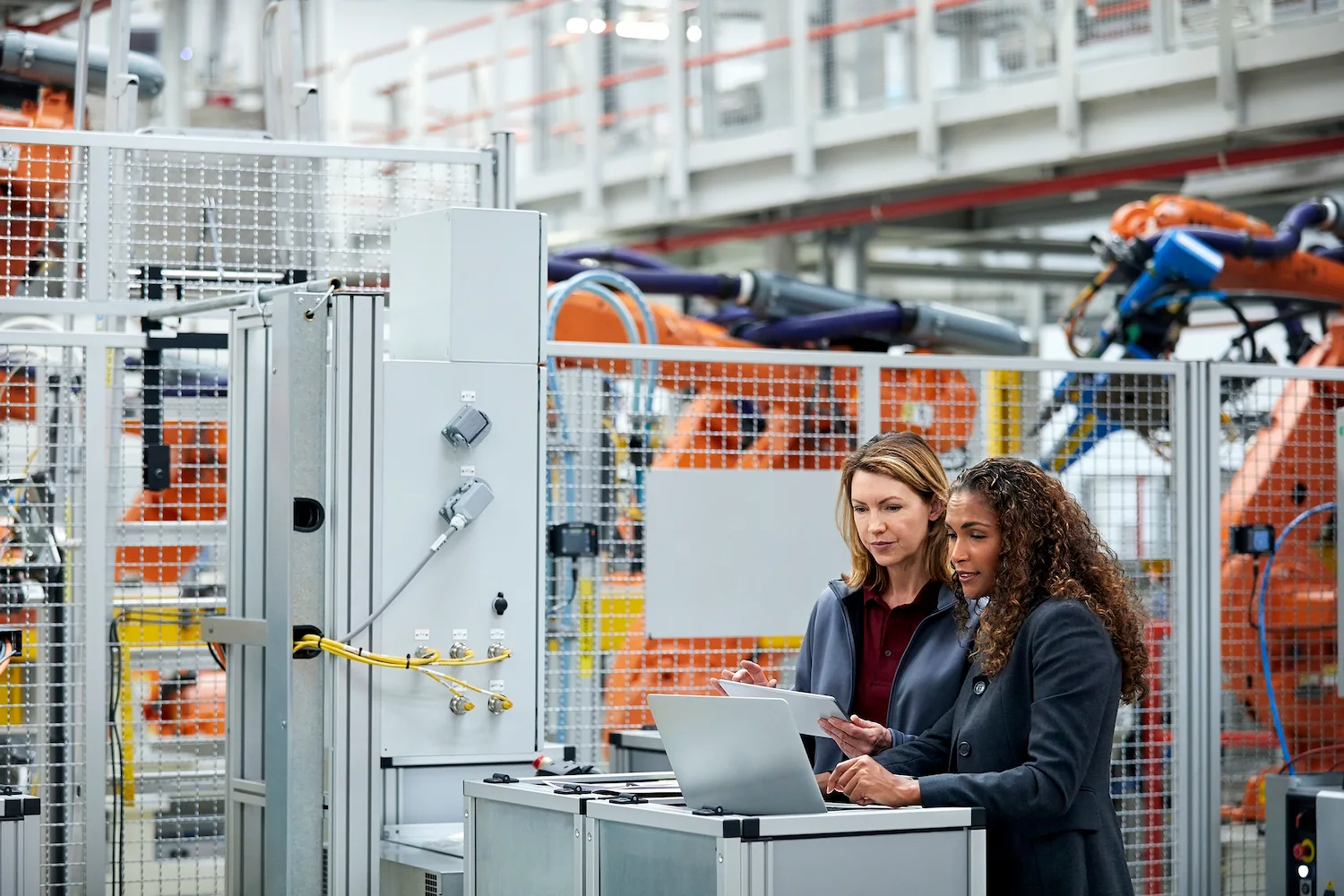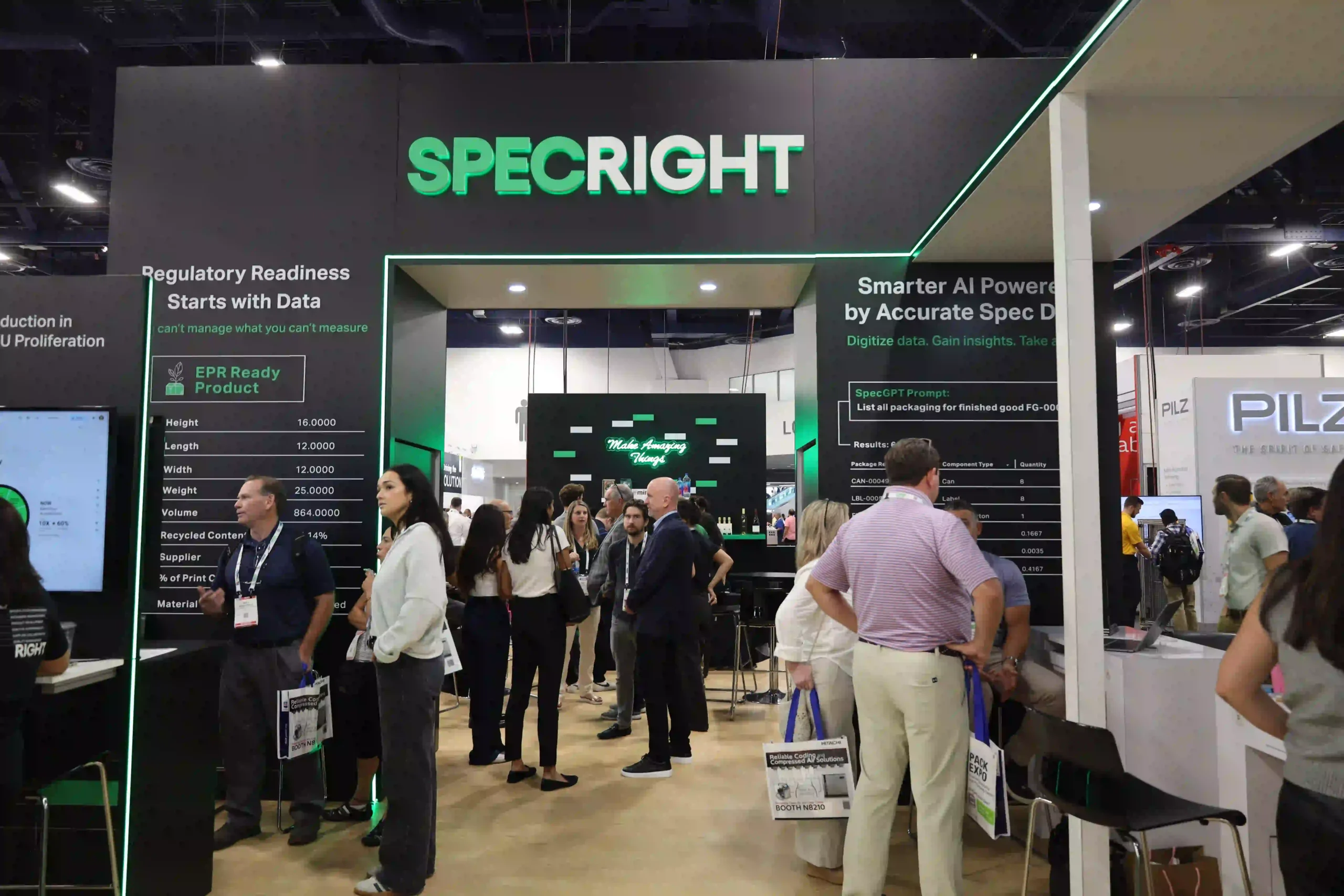Navigating the Landscape of Compostable Packaging Compliance
In today’s era of increased company deception, consumers no longer believe marketing claims without proof to back them up. According to Specright’s recent consumer survey, 72% of consumers prefer purchasing products with sustainable packaging, and 40% are uncomfortable buying from companies not actively tracking towards sustainability goals. Regulatory pressures are also increasing, with 139 EPR laws across 33 states and 19 categories in the U.S., making sustainability a critical business component.
While change can be challenging, it’s not only the right thing to do for the environment, but it’s now also becoming part of your bottom line growth. Utilizing recycled materials in packaging not only supports environmental sustainability but also aligns with consumer expectations for responsible corporate behavior. Increasing the use of recycled content in packaging solutions not only conserves resources, but also supports the circular economy by keeping materials in use.
By leveraging data management systems to aid in these efforts and align with regulatory standards, businesses can not only enhance their brand reputation but also ensure compliance and a competitive advantage. However, the challenge remains to reduce reliance on plastic packaging, which is often criticized for its environmental footprint- pushing companies to seek alternative materials.
The Role of Compostable and Biodegradable Materials in Achieving Sustainability Goals
Embracing compostable and biodegradable materials is pivotal for companies looking to enhance their sustainability practices. These materials, derived from natural sources, are designed to break down into non-toxic components after disposal, reducing landfill waste and the release of harmful chemicals into the environment. Enhancing biodegradability in packaging materials ensures that they break down more quickly, reducing long-term pollution and facilitating composting and other organic recycling options. In the context of food packaging, that means ensuring these materials meet health and safety standards is paramount to maintaining consumer trust and regulatory compliance.
By integrating compostable and biodegradable options, businesses can significantly decrease their ecological footprint, showcasing a commitment to sustainable development that resonates with increasingly eco-conscious consumers and stakeholders.
Labeling for Sustainability: Ensuring Compliance and Transparency
Accurate labeling is essential for communicating the sustainable attributes of packaging to consumers, ensuring they understand the environmental benefits and appropriate disposal methods of compostable and biodegradable materials. Labels should offer clear, transparent information about proper disposal and composting in compliance with relevant environmental regulations, helping to build greater consumer trust.
Initiating Sustainable Packaging: Steps and Strategies
Creating a sustainable packaging strategy is a big undertaking, and there is no one size fits all solution, which is part of the challenge.at the same time, packaging design plays a crucial role in this process, enhancing both functionality and aesthetic appeal while thinking about how to minimize environmental impact. However, the packaging industry does not have a singular “agreed upon” definition of what sustainable packaging is. It can look different for every company based on industry limitations and consumer requirements. So, how do you figure out what the right sustainability goals are for your company?
1. Ask the Big Picture Questions
Start by understanding the overall landscape of your industry and target consumers. Identify common sustainability goals in your sector and define what you aim to achieve with your strategy. Knowing your baseline is crucial, as this is your starting point.
2. Determine Relevant KPIs
Since there are many KPIs to choose from, you must identify which ones align with your company’s values and mission, and then prioritize them. These metrics may include carbon emissions, plastic use, renewable materials, transport efficiency – the list goes on. Exploring various packaging options that include biodegradable, recycled, or reusable materials may significantly influence the sustainability quotient of your products. Bioplastics, often made from natural materials like corn starch, are becoming a popular choice for reducing reliance on traditional plastics and decreasing greenhouse gas emissions. For example, if reducing greenhouse gas emissions is a priority, it would be a good idea to focus on Life Cycle Assessments (LCAs). However, if your top concern is to reduce the amount of plastics in a specific piece of packaging, your metrics should point elsewhere, such as reducing carbon emissions or light weighting of materials.
3. Set SMART Goals
Your goals must be specific, measurable, achievable, relevant, and time-based (SMART) which align with your company’s leadership. Clear guidelines and leadership support ensure accountability and innovation, yet don’t result in burdening the packaging department with owning the entire company’s sustainability strategy. While committing to time-based goals can be daunting, some progress is better than none at all. Don’t let fear of failure prevent you from starting.
4. Get Your Entire Company On Board
It is imperative to have open communication within your organization. Every business unit of the company should be working towards these newly implemented goals. This is a collective effort, not a siloed one.
While new EPR regulations are emerging very frequently, there are resources you can use to overcome these challenges. Check out this eBook for more resources when it comes to implementing sustainable packaging, allowing you to stay proactive rather than reactive.
“Own” Your Data: How Specification Data Management Can Help
The most effective way to comply with regulations is with strong data management that allows you to own your data. A purpose-built specification data management platform like Specright allows you to collect and document data from suppliers as soon as it arrives in your inbox, rather than needing to search through endless spreadsheets and Google Drives.This centralized system ensures quick access to necessary information, saving time and resources from both you and your suppliers.
Why Specright?
Specright’s SDM Platform Capabilities
Specright’s Specification Data Management (SDM) platform offers robust capabilities for sustainable packaging and access to crucial integrations, such as Lorax EPI. Specright’s system allows you to analyze product specifications to see what marks your products are currently meeting, and where you may need to improve. It also lets you compare different versions of specs, giving you the confidence to consolidate your specs to those that help you stay compliant with regulations and customer demands.
Additionally, Specright’s partnership with Lorax EPI, the leading cloud solution for Extended Producer Responsibility (EPR) and Product Stewardship Compliance, enables companies to ensure they are capturing the necessary specification data for packaging EPR and tax reporting, and seamlessly send that to Lorax for more accurate, faster reports.
Specright Network
Another great resource is Specright Network, a spec-first marketplace enabling supply chain collaboration with end-to-end traceability. It helps sustainability-focused companies and suppliers connect, as well as manage all specifications in one centralized system. Specright Network has a vast web encompassing leading brands and suppliers, enabling you to work with your existing partners and find new ones that align with your sustainability needs and initiatives.
Advancing From Compostable to Sustainable: The Journey towards Eco-Friendly Packaging
Transitioning from compostable materials to a fully sustainable packaging strategy represents a significant shift in environmental stewardship. This journey involves not only adopting biodegradable products but also integrating a broader range of eco-friendly practices and materials that extend beyond the end-of-life disposal of the package. Central to these practices is waste reduction, which focuses on minimizing the amount of packaging created and discarded, thereby reducing the overall environmental footprint.
Part of this transition includes phasing out single-use plastics, which are a major source of pollution, and replacing them with materials that encourage multiple uses or are fully recyclable. Addressing packaging waste effectively requires comprehensive strategies to reduce the volume of materials discarded, thereby lessening environmental impact.
Promoting reuse systems for packaging extends the life of materials and significantly cuts down on waste generation. Adopting recyclable packaging not only reduces waste but also appeals to environmentally conscious consumers and fulfills compliance requirements for sustainable materials. These sustainable packaging solutions emphasize the reduction of resources used, including energy and water, the minimization of waste through recycling and reusability, and the use of materials that are sourced responsibly. Improving recycling rates is crucial to achieving sustainability targets, requiring both consumer participation and efficient recycling infrastructures.
Developing a Comprehensive Approach to Eco-Friendly Packaging
Becoming increasingly committed to eco-friendly packaging involves a systemic approach, incorporating life cycle assessments to evaluate environmental impacts at each stage of the packaging’s life. It also entails innovative design strategies that reduce the material used and improve the efficiency of packaging processes. Companies are increasingly leveraging renewable materials and advanced technologies to create packaging solutions that are not only compostable but also recyclable and reusable. The sourcing of raw materials plays a crucial role in the sustainability of packaging, with a focus on renewable sources that minimize environmental impact.
Implement Sustainable Packaging Initiatives Today
Embracing sustainable packaging is crucial for compliance, consumer trust, and environmental impact. With the right data management tools, achieving these goals doesn’t have to be intimidating. By proactively adopting a sustainable packaging strategy, companies can mitigate risks, enhance their market position, and positively impact the environment.
If you’re intrigued about how your company can use data to tackle sustainable packaging head-on, check out our eBook for a more in-depth guide. Don’t hesitate to contact us today to get started on your data management journey.
Explore More Blogs
Get Started
With Specright’s Solution Suite, you can digitize, centralize, and link your specification data to drive efficiencies, intelligence, traceability, and collaboration within your organization and across your supply chain network.




